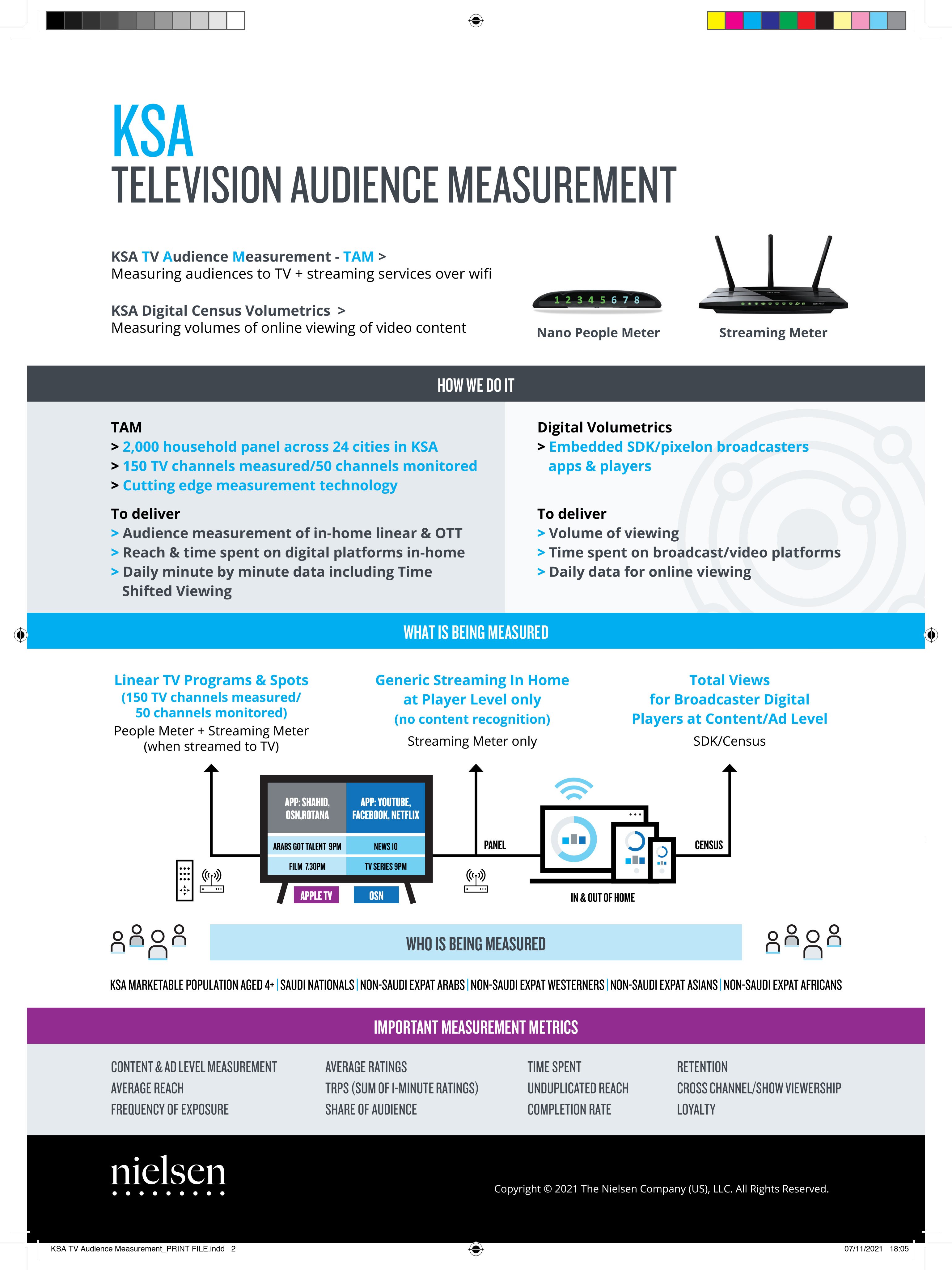Every business in the region is looking towards Saudi Arabia. As the kingdom decisively – and quickly – moves towards the all-encompassing Vision 2030 goals, eyes and minds that are not already actively engaged in the country are considering their next move. The country is changing at an unprecedented rate; politically, socially, culturally – every imaginable area is touched by the advancements.
Across the Saudi media landscape, the drive for change is at the forefront. One of the objectives of Vision 2030 is to develop media industries and strengthen their competitiveness internationally. In my article for Campaign’s Saudi Report this June, I looked in detail at the investments and innovations that have been earmarked to drive the industry. They are significant. As the Ministry of Media builds Riyadh Media City in the coming years, bringing together local and foreign investment across creative, content and advertising businesses, so will the industry shift gear and fuel, even more, growth and innovation.
The Saudi government is supportive of any initiatives that bring knowledge and investment into the kingdom. The Ministry of Media runs multiple academies across a variety of media specialisms, to ensure they are increasing the talent pool, skills base and opportunities for students entering the workforce.
Nielsen is one of the companies supporting the development of the Saudi media ‘brains trust’. At the start of this year we set up a local company, Nielsen Media KSA; by the end of this year, Nielsen will have employed more than 60 people, the majority of whom are Saudi Nationals or young people born and raised in Saudi.
Nielsen is very proud to be the data supplier chosen to partner with the MRC in delivering this quantum leap in measurement to support the broadcast industry, as it takes this major step towards cementing its future in data-driven ad planning and content management. This first step will drive opportunities for everyone; it will challenge and change the way things have been done historically; and it will catapult the kingdom’s TV industry to a new level of growth.
Audience measurement is the backbone of all media industries around the world. It is the trading platform by which the entire ecosystem functions, whether TV, digital, radio, print or out-of-home. It is true that not all countries with measurement systems are covering all media types, but where measurement exists it is the very foundation of all planning, buying and selling, as well as providing the basis for informed decisions around programme strategy.
I think it’s important to understand why. ‘Why now?’ is answered in the introduction to this article. There are other ‘whys’ for us to consider, though. If we look back at recent history, we can recall there have been other attempts to build audience measurement services in the region, which have failed. A good place to start then is: Why is this time different?
To answer this question, we need to understand a core fundamental requirement of audience measurement. At the heart of any successful measurement system is the industry. When the industry aligns through an organised committee and agrees on how they want to plan and buy, then the right structure is in place for successful data adoption.
Another ‘why’: Why will KSA TAM bring such enormous change to the broadcast industry? This is a question that you should ask of anyone working in an established TAM market where, on a daily basis, teams of analysts and planners are digging into the overnight ratings data to understand their programme or campaign performance. Imagine a world where a broadcast content producer knows immediately the performance of the programme they have invested so much money in to air; where a scheduler can make strategic decisions about dayparts and days of the week based on granular audience understanding; where a media planner can use a wealth of metrics to determine and optimise against highly targeted audiences; where a buyer can negotiate prices based on robust minute-by-minute profiles and reach; where an advertiser can see clearly their target audience and know exactly how and when to get their messages in front of them. International advertisers demand accountability on this scale.
It’s a game-changer.
The last ‘why’ I want to consider here could be considered controversial: Why should you care? Let’s be honest, change can be difficult and disruptive, right? There will be some within the industry who will resist change. I wish them good luck. Because things are changing. Things have been changing for a long time. Audiences have been fragmenting across screens and platforms for years, and the last 18 months of pandemic have been a catalyst for increased video consumption via digital screens. This is not a local phenomenon.
At Nielsen, we have seen it in our measurement services around the world. It’s certainly not been to the detriment of TV and video consumption, however, as audiences are consuming more content than ever before; they’re spending more time with TV and video content, driven by more convenient ways to access it. TV is very far away from being a dying medium; as Nielsen, we can see from our 38 TAM services in other countries that TV is very much alive and kicking. The KSA broadcast industry understands that now, more than ever before, they need to be able to follow the audience and see what they’re consuming. They can only do that with strong, credible, transparent and robust TAM data. Part of Nielsen’s commitment, in partnership with the MRC, is to bring the industry with us, through education on how powerful this data will be and how it can support growth for the wider industry.
The change isn’t coming; the change is already here. It’s time to embrace that change for the benefit of the entire media industry and in support of the goals of Vision 2030.











